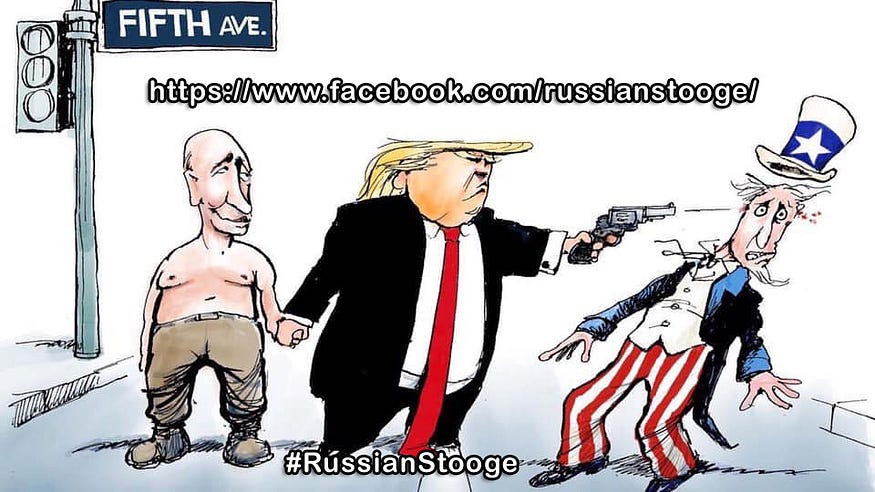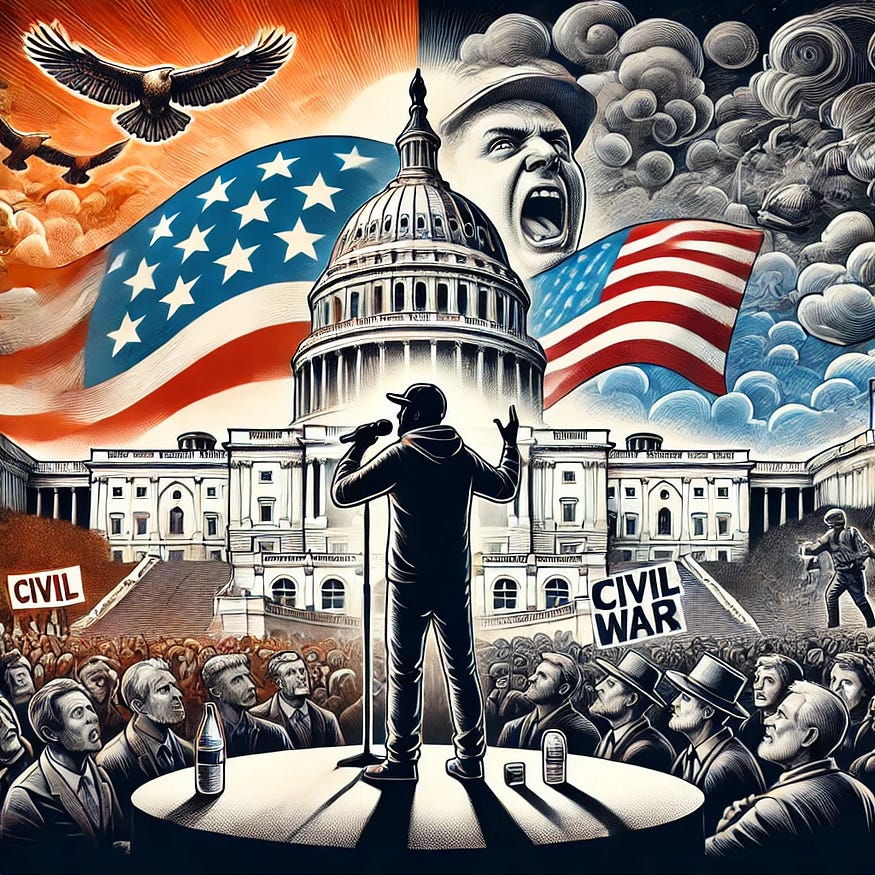Trump’s Second Term: A Threat to American Democracy?
If Trump returns to power, the country could face fundamental changes in governance, social policies, and global standing. Here’s what his America might look like.
If Donald Trump were to win another term and is perceived as no longer committed to American democracy, his America could potentially look very different, depending on several factors, including how he exercises his power, how other branches of government respond, and how the public and institutions react. Here are a few possible scenarios based on his past actions, statements, and the concerns raised by critics:
1. Erosion of Democratic Norms and Institutions
Weakening of Checks and Balances: Trump has previously shown a willingness to challenge the independence of the judiciary, the press, and other institutions that act as checks on executive power. A second term could see further efforts to undermine these institutions, such as appointing loyalists to key positions, resisting congressional oversight, or attempting to influence or dismantle institutions perceived as opposition.
Contested Electoral Integrity: Given his claims of a “rigged” 2020 election and refusal to concede, Trump could continue to challenge the electoral process, potentially making changes that undermine confidence in fair elections. This could involve attempts to further restrict voting rights, limit mail-in ballots, or place more control over election administration in the hands of partisan actors.
2. Centralization of Executive Power
Expansion of Executive Authority: Trump could seek to further expand the powers of the presidency, bypassing Congress through executive orders or refusing to comply with legislative oversight. This might involve more aggressive use of executive orders, increased political use of government agencies, and a continued trend toward authoritarian governance.
Potential Repression of Dissent: Critics fear that a second Trump term could involve greater repression of political dissent, including targeting political opponents, the press, and protest movements. This could include greater use of law enforcement to suppress protests, expanding surveillance on activists, or targeting the press with more restrictive measures.
3. Polarization and Division
Increased Social and Political Polarization: Trump’s leadership style has often been characterized by divisive rhetoric, targeting specific groups or political opponents. A return to the presidency could see a continuation or escalation of this approach, leading to even greater divisions within American society. This might include stoking fears about immigration, race, and social issues, further entrenching ideological divides.
Targeting Opponents: Trump has shown a penchant for labeling critics as enemies. A second term might involve attempts to target political opponents more directly, potentially through legal means, investigations, or public attacks. This could have a chilling effect on political dissent and reduce the space for constructive debate.
4. Foreign Policy Shifts
Retreat from International Alliances: Trump has criticized multilateral institutions like NATO and shown a preference for bilateral agreements or unilateral actions. A second term might see a further retreat from traditional alliances, international agreements, and global cooperation, with a stronger emphasis on “America First” policies that could isolate the U.S. from the global community.
Alignment with Authoritarian Regimes: During his first term, Trump showed an affinity for strongman leaders, such as Vladimir Putin and Kim Jong-un. A second term could bring a foreign policy that aligns more closely with authoritarian regimes, potentially undermining efforts to promote democracy and human rights abroad.
5. Impact on Social Policies
Rollback of Progressive Policies: Trump could work to dismantle many progressive policies enacted during the Biden administration or his first term, such as environmental regulations, LGBTQ+ rights, and protections for marginalized communities. This could also include efforts to roll back healthcare reforms like the Affordable Care Act and reduce government involvement in social safety nets.
Focus on Law and Order: Trump has often emphasized “law and order,” and a second term could see an increased focus on stricter law enforcement policies, greater funding for police, and possibly harsher penalties for crimes. This could come at the expense of criminal justice reform efforts or attempts to address systemic racism within law enforcement.
6. Economic and Regulatory Changes
Deregulation and Tax Cuts: Trump’s economic policies have focused on deregulation, particularly in sectors like energy, finance, and environmental protections. A second term could see further rollbacks of regulations and more tax cuts, particularly for businesses and wealthy individuals, with potential consequences for income inequality, environmental protections, and worker rights.
Trade Wars and Protectionism: Trump may continue or expand his protectionist trade policies, including tariffs and trade wars. This could lead to increased costs for consumers and tensions with major trade partners.
7. Impact on Rule of Law and Accountability
Challenges to Rule of Law: Trump has often challenged the rule of law, refusing to cooperate with investigations and questioning the independence of the judiciary. A second term could see continued efforts to weaken the legal system, protect allies from prosecution, and use the justice system as a tool for political gain.
Undermining Accountability Mechanisms: Trump might further attempt to dismantle or undermine mechanisms designed to hold the executive branch accountable, such as inspectors general, independent prosecutors, and oversight bodies.
Conclusion
If Trump wins another term and continues to move away from a commitment to American democracy, the country could face significant changes in its political landscape. This could involve greater centralization of power in the executive branch, a rollback of progressive policies, intensified social divisions, and challenges to democratic norms and institutions. The exact nature of these changes would depend on many factors, including the balance of power in Congress, the response of state governments and courts, and the reaction of civil society.
The future of American democracy under such a scenario would largely hinge on the strength and resilience of democratic institutions, the rule of law, and the will of the American people to defend their democratic values.



